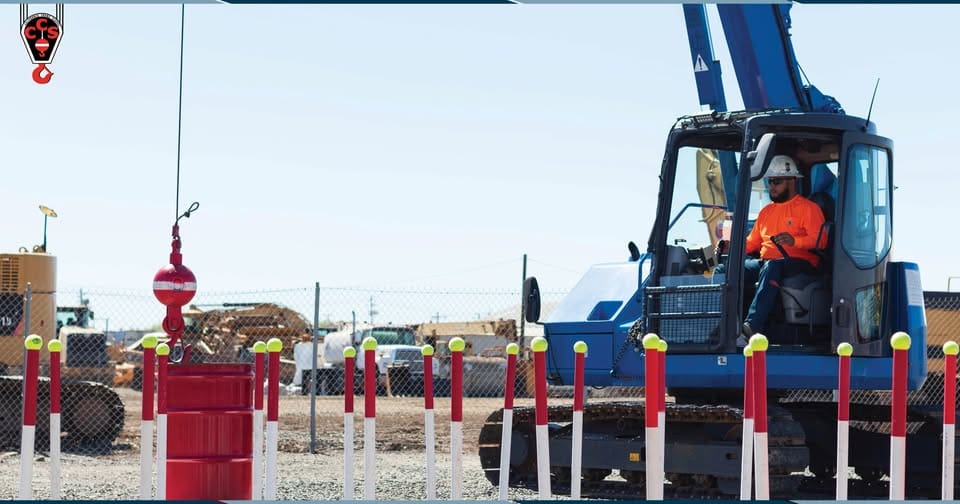
Technology Increasing the Number of Blue-collar Jobs
Artificial Intelligence (AI) and automation are advancing rapidly, leading to renewed interest in blue-collar careers. In fact, more than one-third of the fastest-growing occupations fall into the blue-collar category, with nearly 2 million new jobs projected over the next seven years (Forbes, Blue Collar Workers Wanted – 1.7 Million New Jobs Projected by 2032). Moreover, demand for these roles is outpacing supply, contributing to a steady rise in wages across the sector.
Because of the hands-on and variable nature of these roles, the likelihood of them being replaced by AI or automation remains very low. This is especially true in fields like construction, plumbing, and electrical work, where physical constraints, the demand for high precision, and the complexity of real-world environments make automation difficult. Rather than posing a threat, AI is increasingly viewed as a complementary tool – enhancing productivity in areas where human labor was previously unavailable (People Matters Global, Of bots and bricklayers: AI and blue-collar work).
Crane Operator Jobs have Good Advantages Moving Forward
Skilled blue-collar workers often enter the workforce with starting salaries that surpass many entry-level positions requiring a college degree—all without the time and financial strain of a traditional four-year university (Fox News, Gen Z turns to trade careers amid rising AI fears). For many young workers, the choice is clear: lower debt, earlier career growth, strong job prospects, and competitive pay in a growing field.
Crane operators exemplify this trend. As a highly skilled and in-demand segment of the construction industry, they benefit from strong starting wages and relatively low upfront training costs. As construction continues to expand, the demand for crane operators—and other supporting blue-collar roles—is expected to grow in tandem. And while automation is transforming many industries, technology in this field is more likely to assist crane operators than replace them.
